Time Periods
Paleolithic
Mesolithic
Neolithic
Chalcolithic
Bronze Age
Iron Age
Classical Period
Post-Classical Period
Early Modern Period
Industrial Period
Contemporary Period
Time Periods
Paleolithic
Mesolithic
Neolithic
Chalcolithic
Bronze Age
Iron Age
Classical Period
Post-Classical Period
Early Modern Period
Industrial Period
Contemporary Period
Location
About
The Temple of Debod was originally constructed in the 2nd century BCE under the direction of Kushite King Adikhalam in southern Egypt, near Aswan. The temple underwent several significant construction phases, with major additions during both the Ptolemaic and Roman periods, each leaving distinct architectural signatures. Initially dedicated to the god Amun, the temple later incorporated worship of Isis, reflecting the evolving religious practices of ancient Egypt. The original structure began with a modest shrine, but subsequent rulers expanded it to include a grand pylon entrance, open courtyard, and multiple sanctuary chambers, ultimately stretching approximately 40 meters in length at its peak. The temple's journey from Egypt to Spain happened in the 1960s when Egypt built the massive Aswan High Dam. The damn's reservoir was set to flood many ancient monuments, so UNESCO (the United Nations cultural organization) started a rescue mission to save them. Spain helped save other famous temples, especially Abu Simbel, and as a thank-you gift, Egypt gave them the Temple of Debod in 1968. Moving the temple involved workers carefully taking apart each stone, numbering them all, and then rebuilding the whole temple in Madrid's Oeste Park in 1972. Notably, they even positioned it in the same direction as it stood in Egypt, which was important for ancient astronomical alignments.
Gallery
Explore photographs of ancient structures, artifacts, and archaeological excavations at Temple of Debod
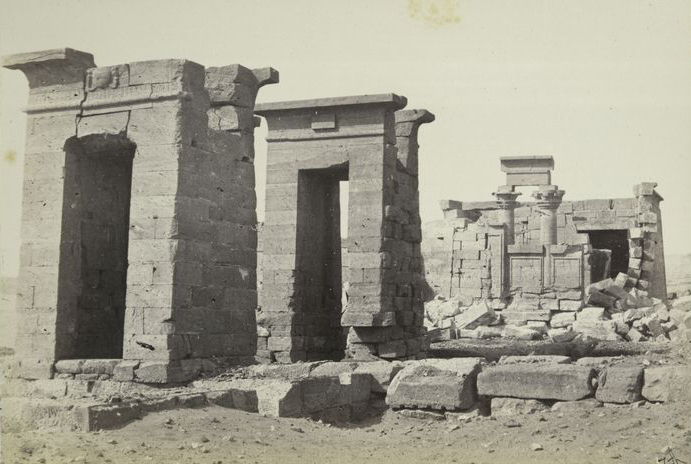

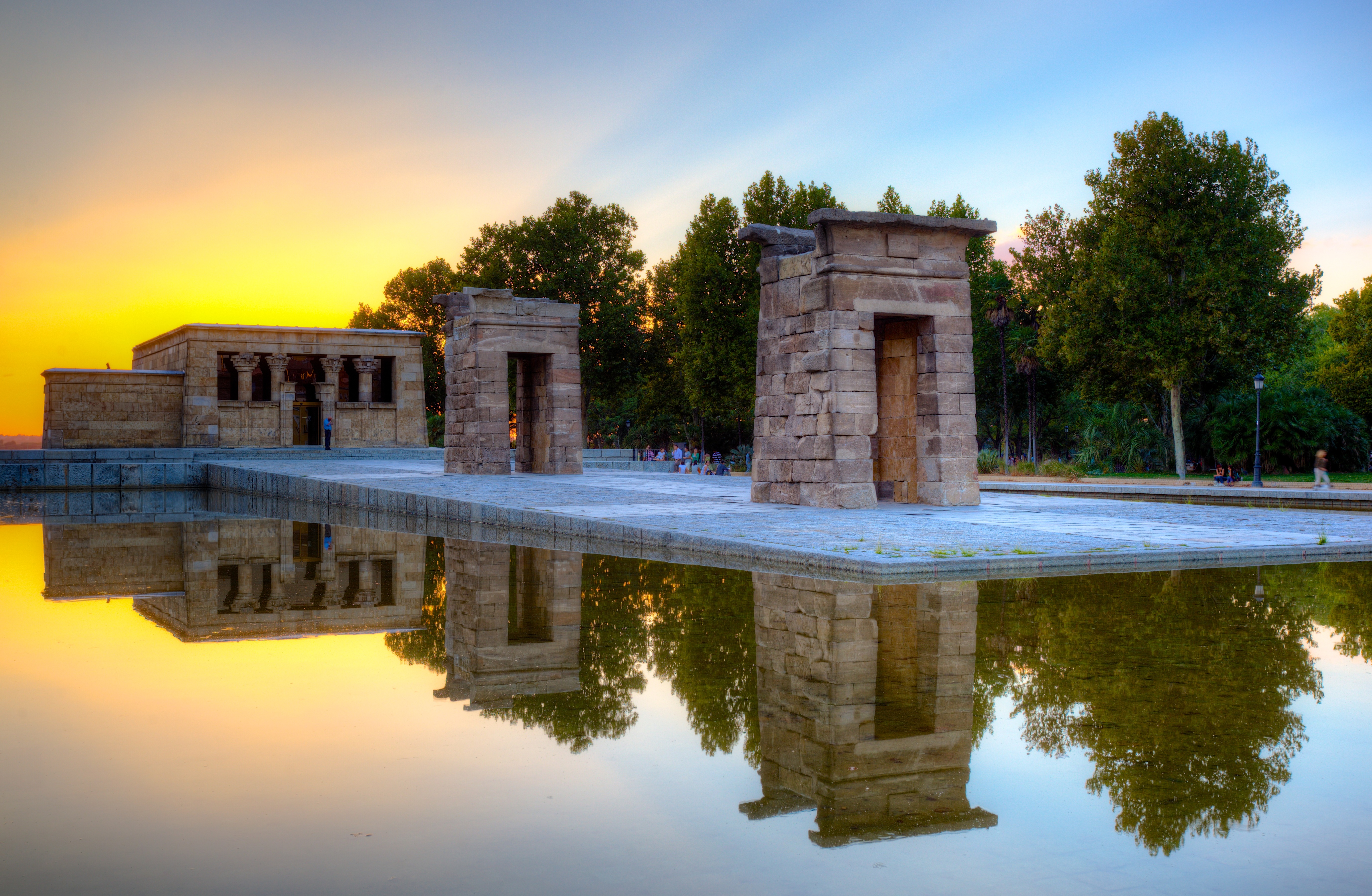
Archaeological Features
Explore the unique architectural and cultural elements found at this historical site
Defensive Structures
Water Management Features
Religious and Ritual Structures
Artistic and Decorative Features
Domestic and Habitation Structures
Transportation and Communication Structures
Historical Timeline
Journey through time and discover key events in this site's archaeological history
Frequently Asked Questions
Discover key insights about this historical site's significance, excavation history, and archaeological findings
Plan Your Visit
Details
- Country
- Spain
- Source
- Wikipedia
More Sites in Spain
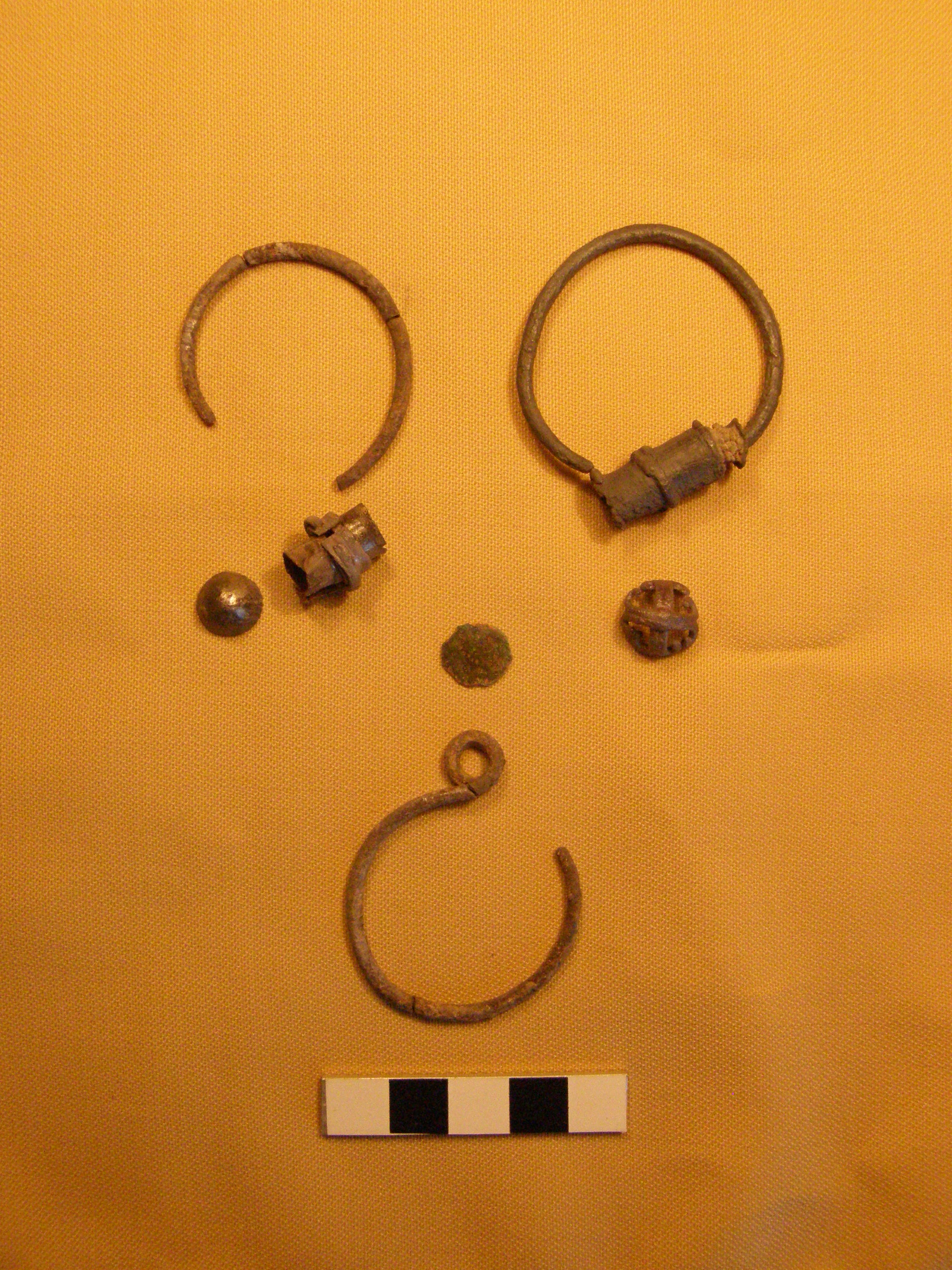
Sanisera
Ancient Roman city on Menorca's coast

Sagunto
Ancient Iberian and Roman city remains
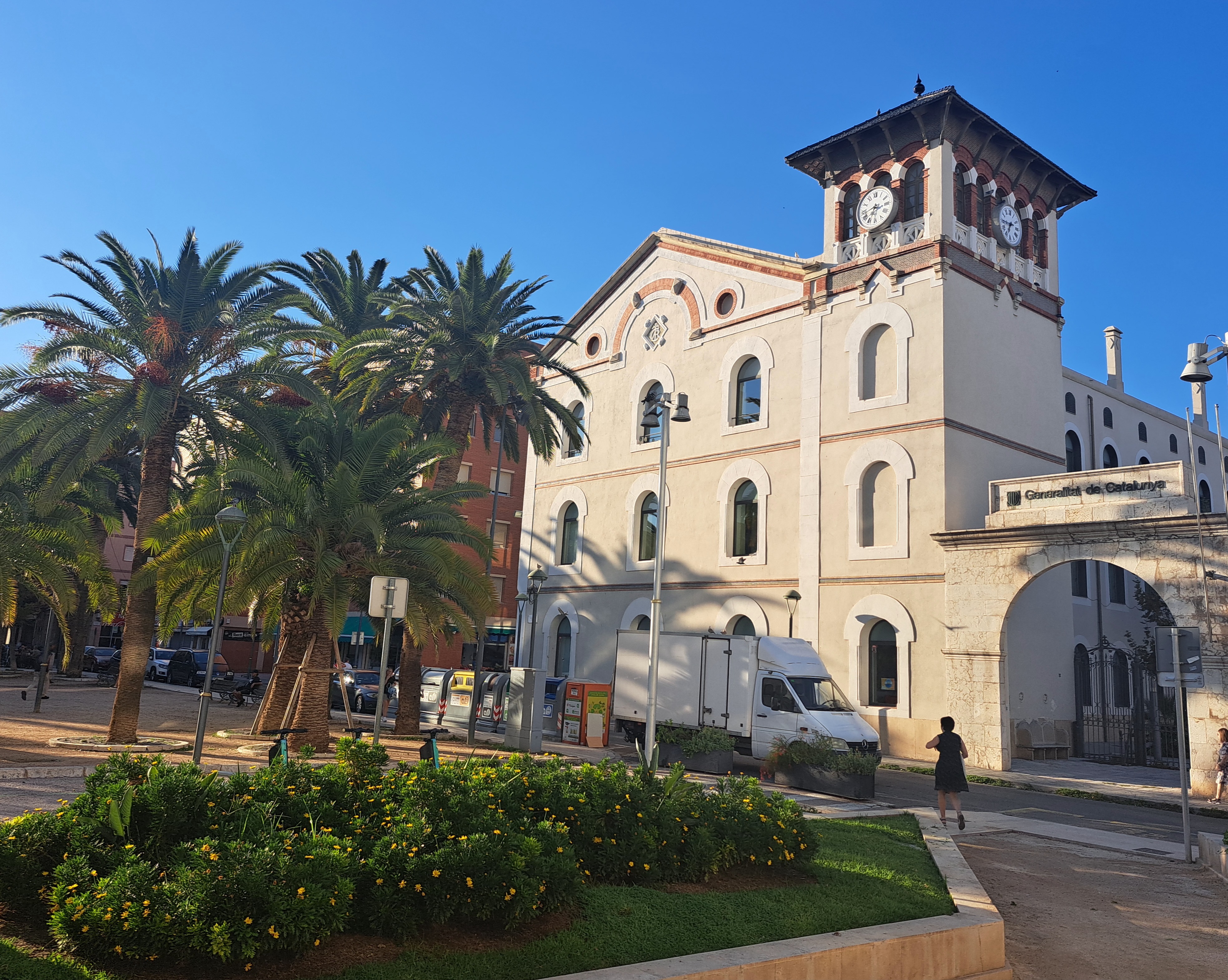
Tarragona
Roman heritage site with ancient ruins
Cieza, Murcia
Archaeological site with multi-period remains.
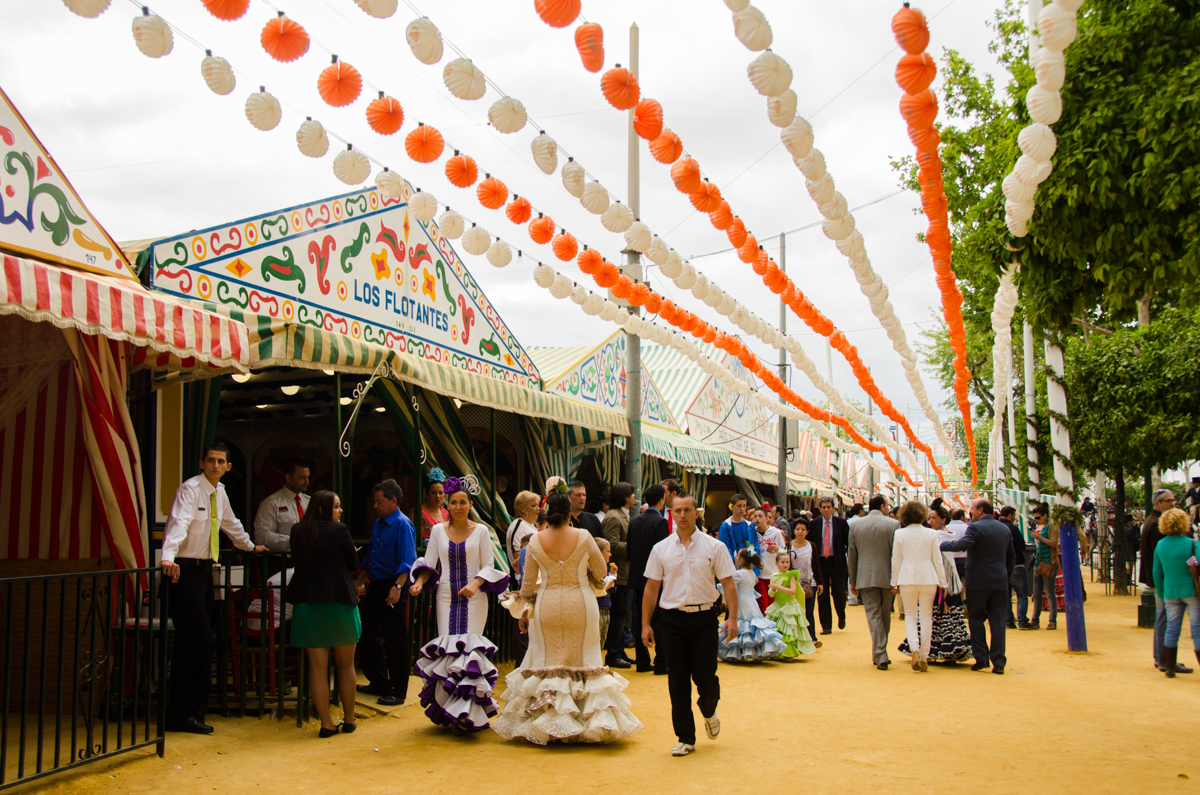
Seville
Multicultural historical city with Roman origins.
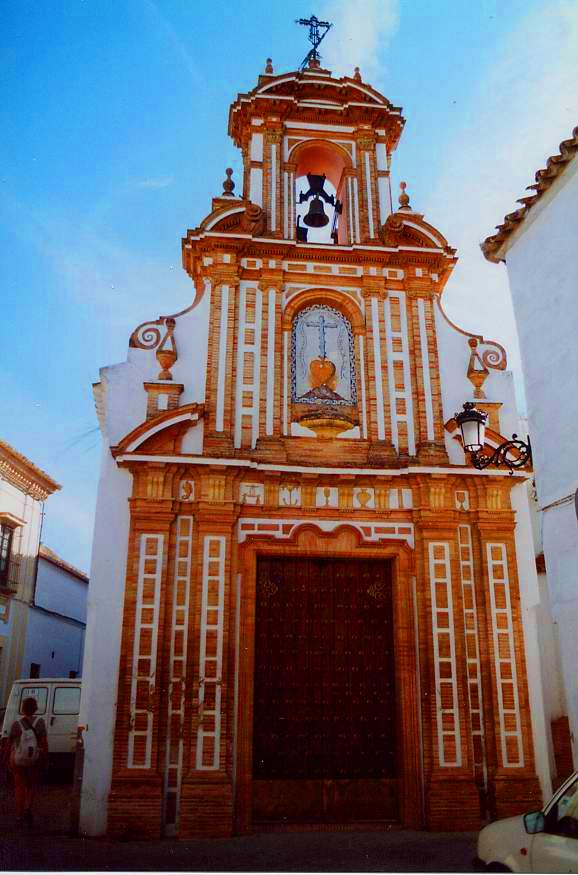
Carmona, Spain
Historical city with rich archaeological layers